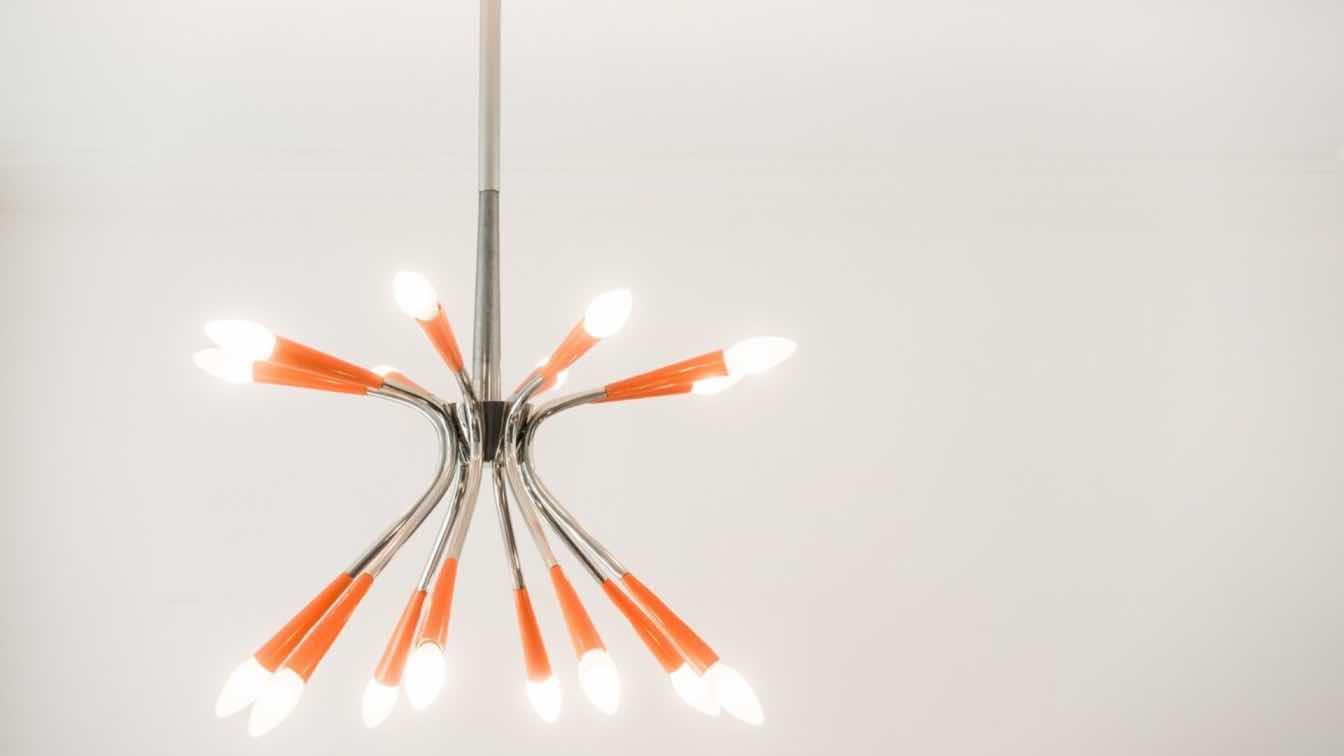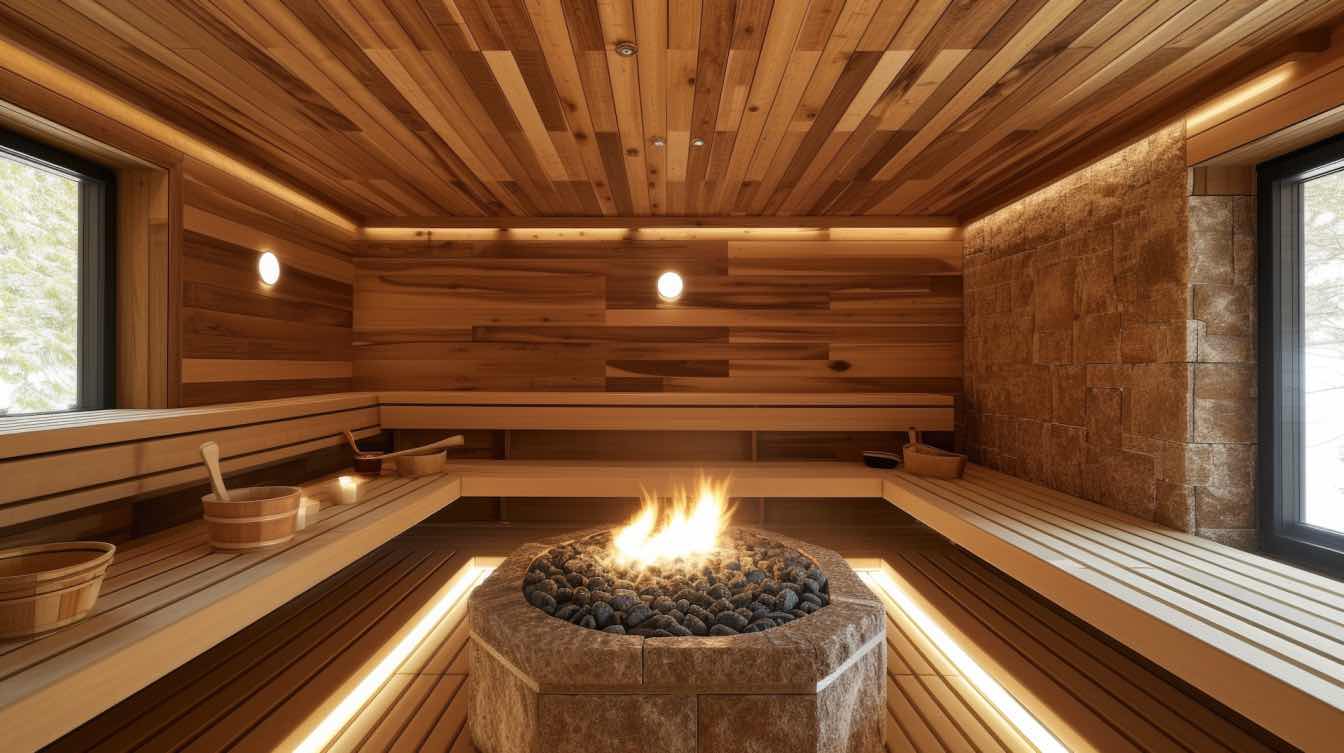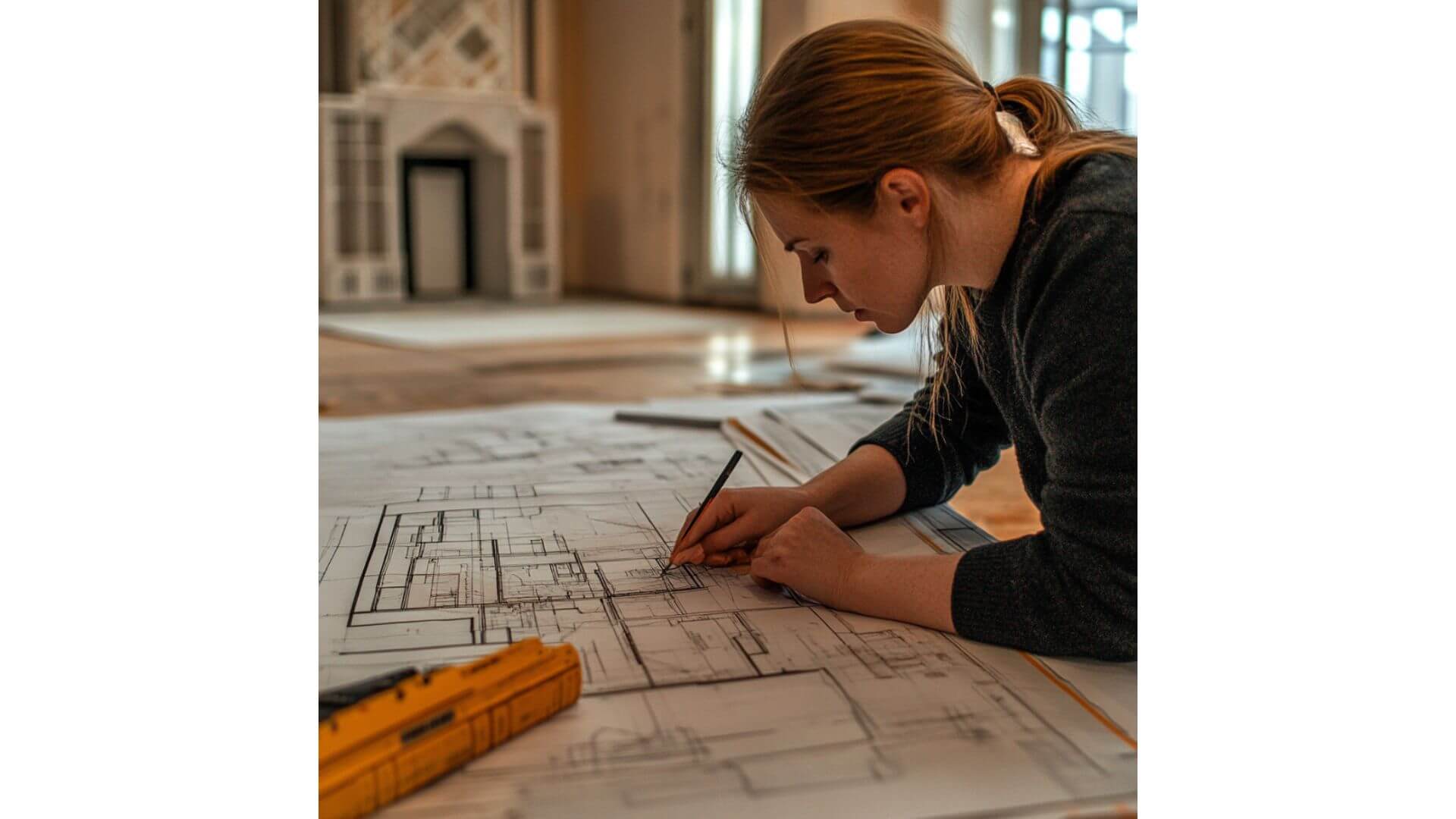Lighting is an essential component of modern architecture, influencing not only the functionality of a space but also its aesthetic appeal. Among the various lighting fixtures available today, contemporary chandeliers modern designs have become a symbol of elegance and sophistication. These chandeliers are not just functional elements; they are key players in architectural expression, helping to define the atmosphere and character of a space. This article delves into the evolution of contemporary chandeliers, their key features, and how they are integrated into modern architecture, providing valuable insights for anyone interested in lighting design.
Historical Context: The Evolution of Chandeliers
Chandeliers have a long history, dating back to the Middle Ages, where they were often massive, ornate fixtures designed to illuminate grand spaces like cathedrals and castles. Traditionally, chandeliers were made of materials such as wood, iron, and bronze, with candles or oil lamps providing the light. These early versions were not just sources of illumination but symbols of wealth and power, often used in palatial estates and public buildings.
As time progressed, chandeliers evolved from their candle-lit origins into more intricate and ornamental designs, incorporating crystal and glass to reflect the grandeur of the Rococo and Baroque periods. In the 19th and early 20th centuries, the introduction of electric lighting marked a significant shift, allowing for new designs that were less reliant on large, heavy materials and more focused on functionality.
Today, modern chandeliers lighting combines both beauty and utility, adapting to the clean, minimalist aesthetics of contemporary interiors. While still maintaining an air of opulence, modern chandeliers are designed to complement the streamlined, open spaces that define modern architecture.
Key Features of Contemporary Chandeliers
Modern chandeliers have transformed significantly from their traditional predecessors. Today’s contemporary chandeliers prioritize sleek lines, minimalist aesthetics, and innovative use of materials. Some of the most defining features of contemporary chandeliers include:
Minimalist Design: Unlike the heavy, ornate chandeliers of the past, contemporary chandeliers often feature clean lines and simple silhouettes. The emphasis is on form, with many chandeliers designed to make a bold statement while remaining visually unobtrusive.
Use of Sustainable Materials: Modern chandeliers frequently incorporate eco-friendly materials such as LED lights, recycled metals, and glass, making them both sustainable and energy-efficient.
Versatility in Design: Contemporary chandeliers come in a wide variety of styles, ranging from industrial to artistic, and can suit any space, from a minimalist dining room to a luxurious living room. They often incorporate a mix of materials, such as metal, glass, and acrylic, to achieve the desired effect.
Technological Innovation: With the rise of smart home technology, many modern chandeliers now come equipped with smart lighting features, such as adjustable brightness, color-changing capabilities, and remote control via mobile apps or voice commands. This integration of technology allows for customizable lighting experiences.
Focus on Functionality: In addition to being visually appealing, contemporary chandeliers are designed with practical considerations in mind. They provide ample lighting while also serving as a centerpiece for the room, making them both functional and decorative.
Tips for Choosing the Right Modern Chandelier
Selecting the perfect chandelier for a space involves more than just picking a visually appealing design. Several factors must be taken into account to ensure that the chandelier enhances the overall atmosphere of the room while also serving its practical purpose. Here are some important tips to consider when choosing a modern chandelier:
Consider the Room Size and Ceiling Height: The size of the chandelier should be proportional to the room and ceiling. A large chandelier can overwhelm a small room, while a small chandelier may be lost in a vast, open space. As a general rule, the diameter of the chandelier should be about one-half to two-thirds the width of the table it will hang above or the size of the room.
Match the Style of the Room: Modern chandeliers come in a variety of styles, from industrial to sleek, contemporary designs. Choose a chandelier that complements the design elements in the room. For example, a minimalist chandelier might suit a modern, Scandinavian-inspired living room, while a bold, artistic chandelier could be a focal point in a contemporary dining area.
Light Source and Energy Efficiency: In today’s environmentally conscious world, energy efficiency is a key consideration. LED chandeliers provide bright, energy-efficient lighting and have a longer lifespan compared to traditional incandescent bulbs. Consider chandeliers with built-in LED technology or those that are compatible with energy-efficient bulbs.
Consider the Type of Light: The light emitted by the chandelier should align with the atmosphere you wish to create. Warm, soft light is ideal for creating a cozy ambiance, while bright, white light is perfect for task-oriented areas like kitchens or home offices. Adjustable lighting features in modern chandeliers allow for flexibility in the brightness and mood of the space.
Incorporating Contemporary Chandeliers in Architectural Spaces
Contemporary chandeliers have found their place in a wide range of architectural styles, from ultra-modern to traditional spaces. The versatility of modern chandeliers allows them to complement various design aesthetics and serve as both functional and decorative elements. Here’s how they can be effectively incorporated into different architectural settings:
Living Rooms: In open-plan living areas, a large, statement chandelier can serve as the room’s focal point, drawing the eye upwards and enhancing the space’s overall ambiance. Whether hanging above a seating area or over a dining table, chandeliers can help define the boundaries of a room.
Dining Rooms: Dining rooms are perhaps the most common location for chandeliers. A well-placed chandelier can create a warm and inviting atmosphere for family meals or entertaining guests. When selecting a chandelier for this space, consider the room’s proportions and the height of the table to ensure proper lighting.
Bedrooms: In bedrooms, a chandelier can add a touch of luxury and romance. Soft, diffused light is ideal for creating a relaxing, intimate atmosphere, and a chandelier can serve as an elegant alternative to traditional bedside lamps.
Entryways and Hallways: Chandeliers can also enhance the entryway or hallway, creating a sense of grandeur as visitors enter the home. A well-chosen chandelier can illuminate a long corridor or highlight architectural features such as high ceilings and staircases.
Case Studies and Examples
Real-world applications of contemporary chandeliers in various architectural settings showcase their versatility and impact. For instance, the sleek lines of a minimalist chandelier can enhance a modern office space, while an artistic chandelier with mixed materials can become a conversation piece in a gallery setting. Incorporating contemporary chandeliers thoughtfully can elevate both the functionality and aesthetic appeal of any space.
Conclusion
Contemporary chandeliers have evolved from ornate, functional light fixtures to modern, artistic statements that enhance the architecture of a space. With their sleek lines, innovative designs, and energy-efficient technologies, modern chandeliers offer endless possibilities for transforming any room. By understanding their key features, choosing the right chandelier for your space, and incorporating them thoughtfully into architectural designs, contemporary chandeliers can be both functional and visually stunning elements that elevate the overall aesthetic of modern interiors.





